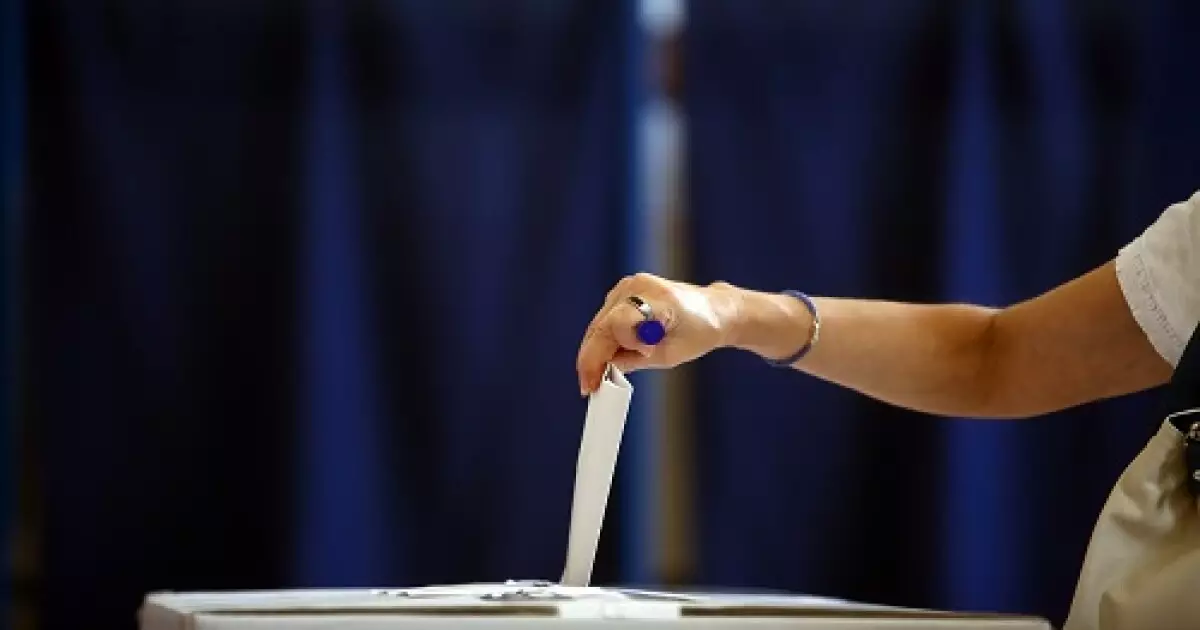The Impending Vote: A $70 Billion Investment in America’s Transportation Future

As voters approach the upcoming election, they face an unprecedented opportunity to influence the state and local transportation landscape with over 300 measures on ballots across the nation, collectively valued at more than $70 billion. These measures signify not only the growing need for enhanced transportation solutions but also voters’ potential impact on determining the future of regional infrastructures, communities, and environmental strategies.
Among these measures, eleven stand out as potentially generating over $1 billion across their lifespan, as reported by the American Road & Transportation Builders Association (ARTBA). This level of investment underlines the urgency felt by local governments to secure funding for essential upkeep and development of transportation systems. From South Carolina to Arizona, various regions are gearing up for decisions that could reshape their commuting landscapes.
Regions in South Carolina are particularly notable; eight counties are pushing for local sales taxes aimed at bolstering transportation funding. In neighboring Georgia, seven counties are pursuing similar initiatives. Such concentrated local efforts showcase a growing trend of localized funding mechanisms, enabling residents to have a direct say in how tax revenues are allocated to improve their daily commutes.
Meanwhile, California is also spotlighted for its proposed statewide measure aimed at lowering the threshold for passing significant transportation bonds and taxes from 66.67% to a more manageable 55%. This reduction would likely catalyze an increase in approved funding for vital infrastructure projects, which encompasses everything from road repairs to public transit enhancements. If passed, this measure may not only alleviate financial pressures on local governments but may also provide a template for other states facing similar challenges.
An intriguing aspect of this electoral cycle is Washington’s referendum on the state’s carbon credit market—a measure that could have lasting implications for environmentally-friendly transportation alternatives like high-speed rail and electric ferries. Should this proposal be rejected, it could lead to significant declines in funding for green initiatives, demonstrating the delicate balance between economic incentives and progressive environmental policies.
In stark contrast, in Maricopa County, Arizona, voters will determine the fate of a proposed continuation of a sales tax projected to amass $14.9 billion for regional transportation developments. This funding is vital for maintaining the county’s commendable 30-minute average commute, reflecting the organizational success of local governing bodies and the commitment of residents toward sustainable living.
Cities such as Seattle and Columbus are also taking substantial strides toward rejuvenating urban transport networks. In Seattle, a proposed local property tax could generate $1.55 billion focused on various enhancements—ranging from bike lanes to improved public transit systems. Mayor Bruce Harrell’s emphasis on the historical commitment of Seattle voters to their infrastructure underscores the importance of citizen advocacy in urban planning.
Conversely, the fast-evolving Columbus area is poised to approve a much-needed sales tax increase to fund a bus rapid transit system, with revenue projected to reach around $6 billion by 2050. The necessity of such a system is evident when considering that Columbus is the only city of its size without a rapid transit solution, highlighting the urgency of expanding public transport options in growing urban environments.
Historically, transportation measures have enjoyed robust support from voters, as evidenced by an 88% approval rate in the previous year’s voting cycle. Since 2014, ARTBA notes an 85% approval rating across state and local ballot measures related to transport, reflecting ongoing public endorsement for investments in infrastructure. This signifies a pivotal moment where constituents are increasingly prioritizing infrastructure development in their voting decisions.
As the election approaches, voters must weigh not only the individual merits of each measure but also the collective impact these decisions will have on their communities. With significant financial investments on the line, this electoral cycle represents both a challenge and an opportunity for voters to re-envision their transportation systems—a crucial step toward sustainable and efficient urban living.





